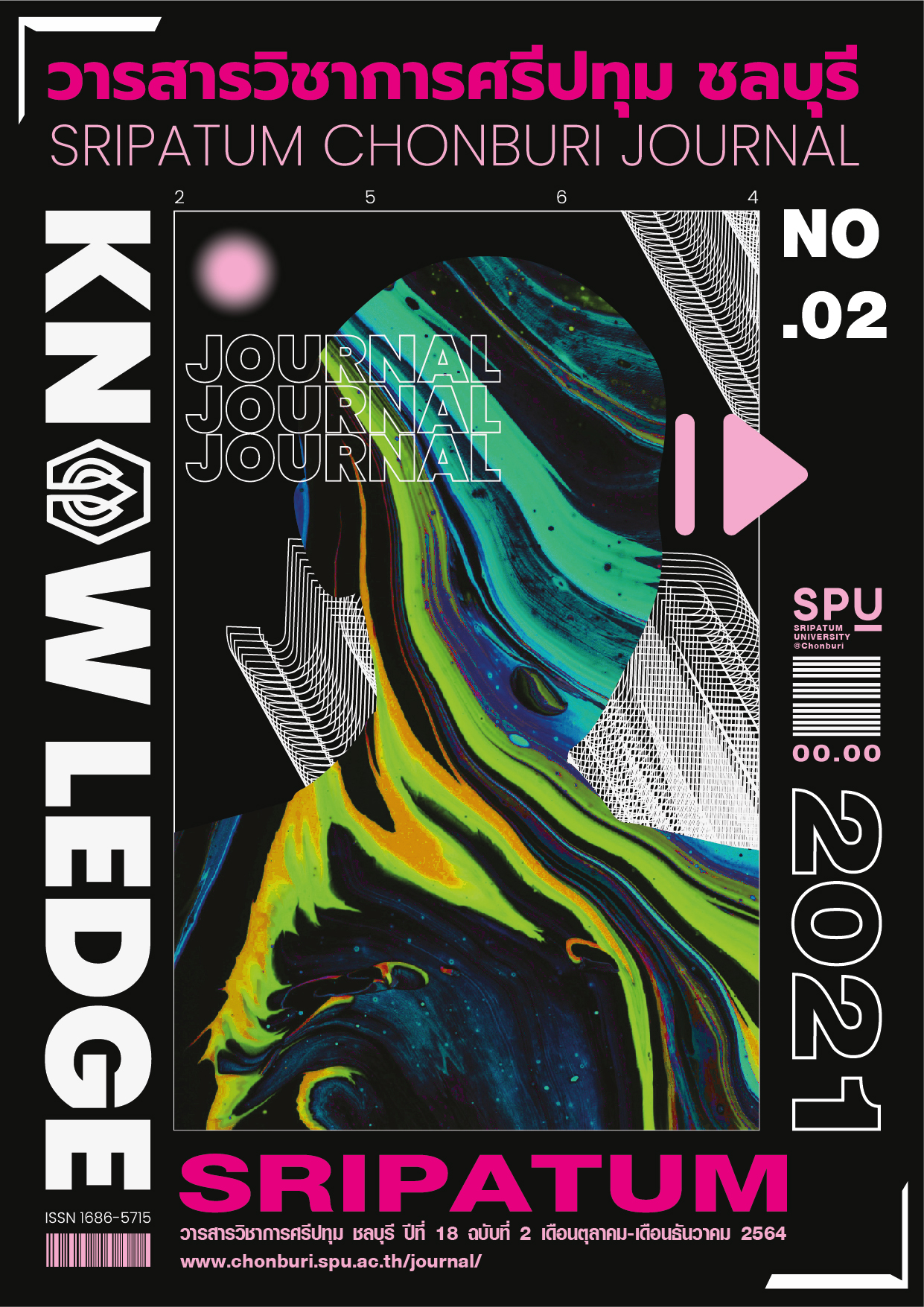LEGAL ISSUES ABOUT THE USE OF TEXT MESSAGES IN THE COMPUTER TO DAMAGE PEOPLE’S REPUTATIONS
Keywords:
disrespect, defamation, computer-related crimesAbstract
This article aims to amend the Commission of Computer-Related Offences Act (No. 2), B.E. 2560 in Section 14 (1) by providing clarity in the use of the message to harm and deceive other people in order to obtain others information by using computer as a tool to commit crimes
Legal provisions regarding the use of the text message can cause the bad reputation to the people such as an imputation on the person being said in order to ruin a person own reputation, profaning or hated which defame other people. The criminal code Section 328 could be forced to use for punishing offenders under Section 326 or defamation by advertising which can be done with documents, drawings, movies or texts. In addition, the compensation under the Civil and Commercial Code Section 423 could be claimed. Subsequently, the development of the communication technology has resulted in convenience, speed and easy access to the contents, so the technology has become the main sources and medium to disseminate those information. On the other hand, it can cause detrimental to incorrect information either in the form of text message, images or movies. This includes commenting on media such as Facebook, Line or web board. The comments could be both creative, and even insulting, abusing, defamation which can cause harm to other people appearing in social media nowadays. Disrespect, defamation and also text fraud which is being used to deceive other people by using computer as a tool to commit a crime may cause prosecution for punishment and claim damages in many cases, and the Commission of Computer-Related Offences Act (No. 2), B.E. 2560 is currently forced to use to consider the intention of committing crimes related to computer and it overlaps with criminal code section 341 on the matter of fraud as the same time.
The recommendation for this article is to edited the Commission of Computer-Related Offences Act (No. 2), B.E. 2560 section 14 (1) to “by fraud or deceit in order to obtain the information from other people and lead to gain other people property.”
References
[2564, 11 พฤศจิกายน].
ตรินัยน์ โชติเศรษฐ์ภาคิน. (2564). หลอกลวงอย่างไรเป็นฉ้อโกง (ออนไลน์). เข้าถึงได้จาก: https://www.lawtrinai.com/content/3871/หลอกลวงอย่างไรเป็นฉ้อโกง
[2564, 12 พฤศจิกายน].
ทวีเกียรติ มีนะกนิษฐ. (2561). คำอธิบายกฎหมายอาญาภาคความผิดและลหุโทษ (พิมพ์ครั้งที่ 16). กรุงเทพฯ: วิญญูชน.
พระราชบัญญัติว่าด้วยการกระทำความผิดเกี่ยวกับคอมพิวเตอร์ (ฉบับที่ 2) พ.ศ. 2560. (2560, 24 มกราคม). ราชกิจจานุเบกษา, เล่ม 134 (ตอนที่ 10 ก), หน้า 24-35.
พระราชบัญญัติว่าด้วยการกระทำความผิดเกี่ยวกับคอมพิวเตอร์ พ.ศ. 2550. (2550, 18 มิถุนายน). ราชกิจจานุเบกษา, เล่ม 124 (ตอนที่ 27 ก), หน้า 4-18.
พีเอ็มซี ไทยแลนด์ (PMC Thailand). (2562). ว่าด้วย พรบ. คอมพิวเตอร์ เรื่องการหมิ่นประมาทออนไลน์ (ออนไลน์). เข้าถึงได้จาก: https://www.pmc-
thailand.com/article/ว่าด้วย-พรบ-คอมพิวเตอร์/ [2564, 10 กันยายน].
สาวตรี สุขศรี. (2563). กฎหมายว่าด้วยอาชญากรรมคอมพิวเตอร์และอาชญากรรมไซเบอร์ (พิมพ์ครั้งที่ 2). กรุงเทพฯ: โครงการตำราและเอกสารประกอบการสอน คณะนิติศาสตร์
มหาวิทยาลัยธรรมศาสตร์.
Downloads
Published
Issue
Section
License
บทความทุกบทความเป็นลิขสิทธิ์ของวารสารวิชาการศรีปทุม ชลบุรี



